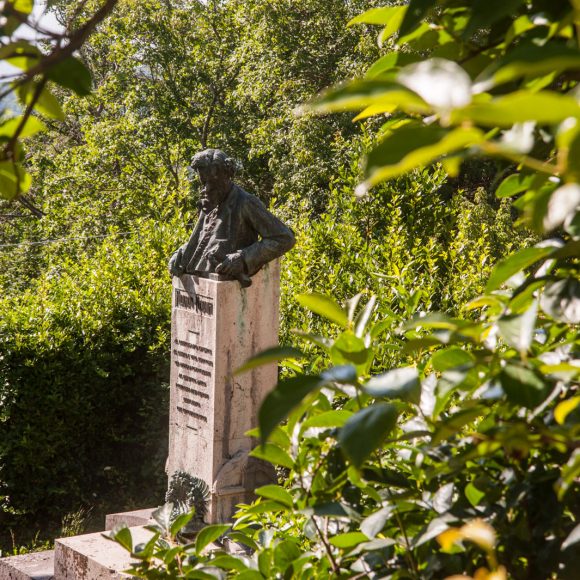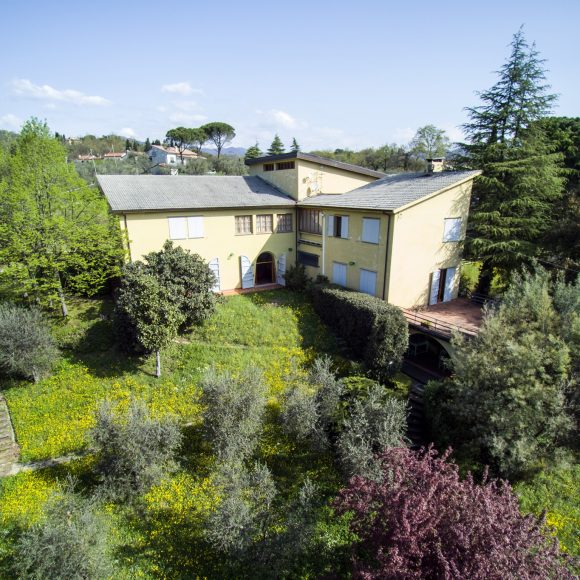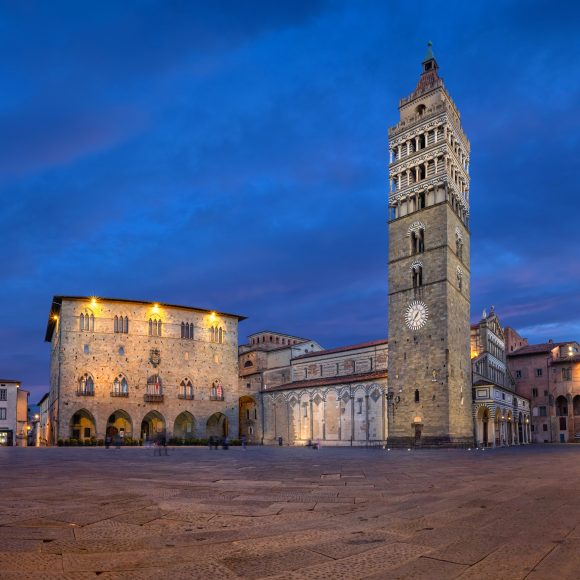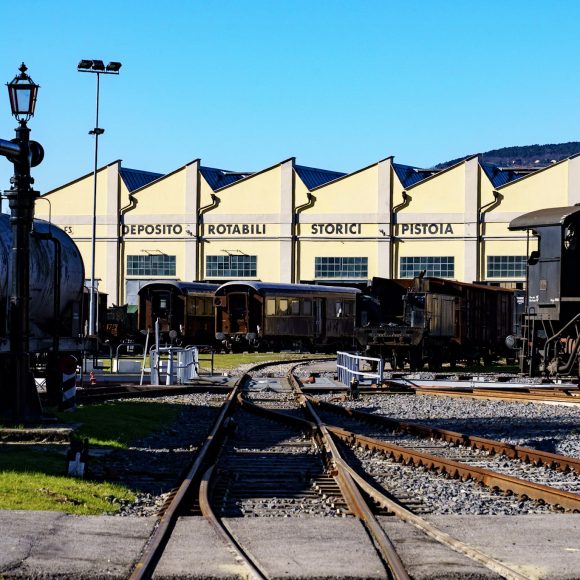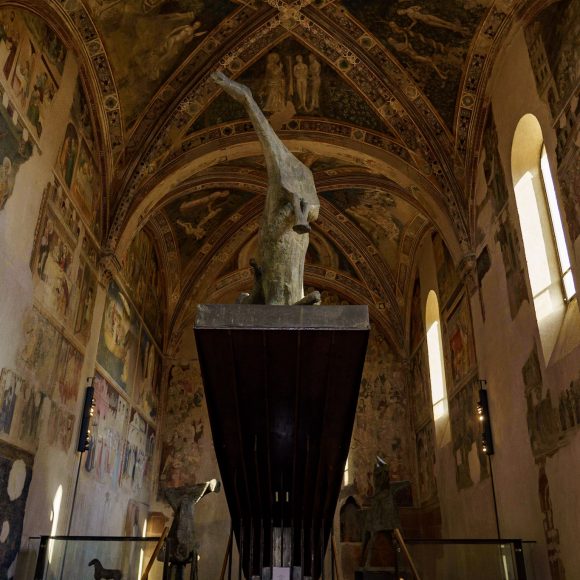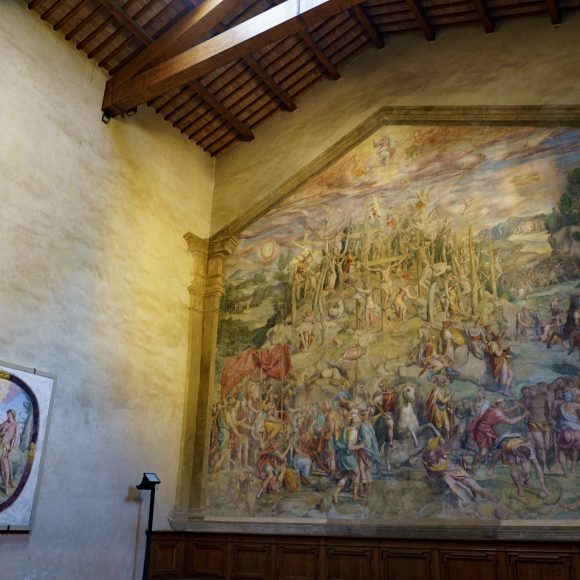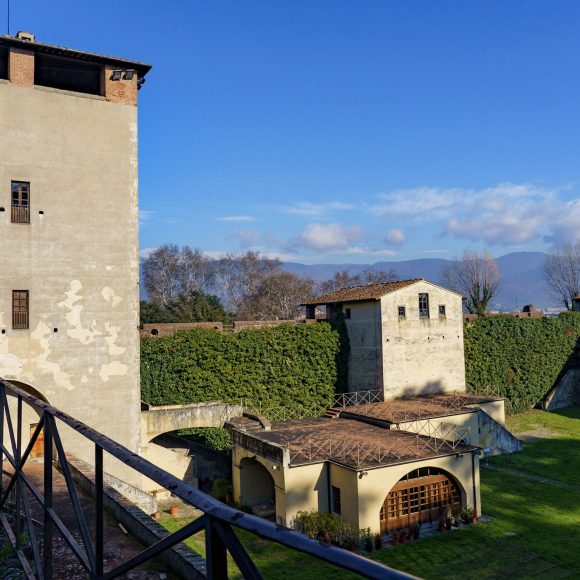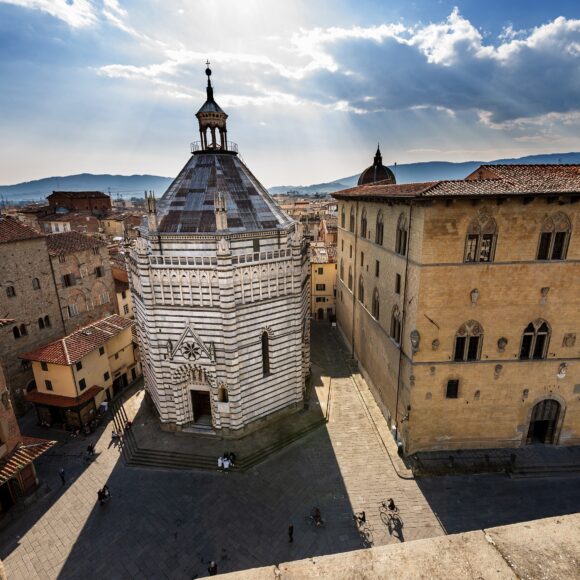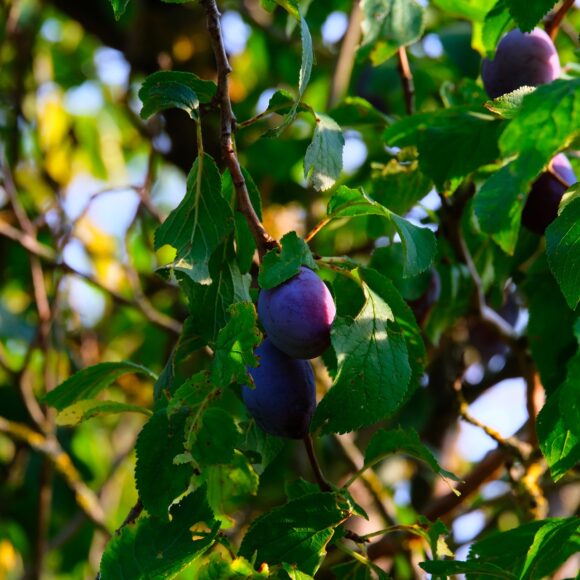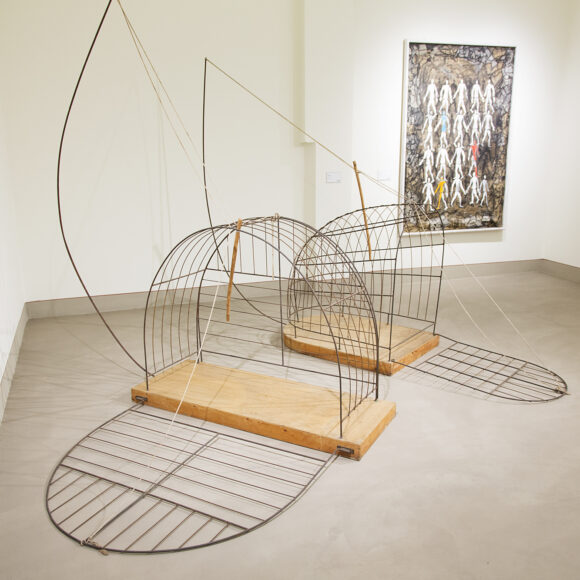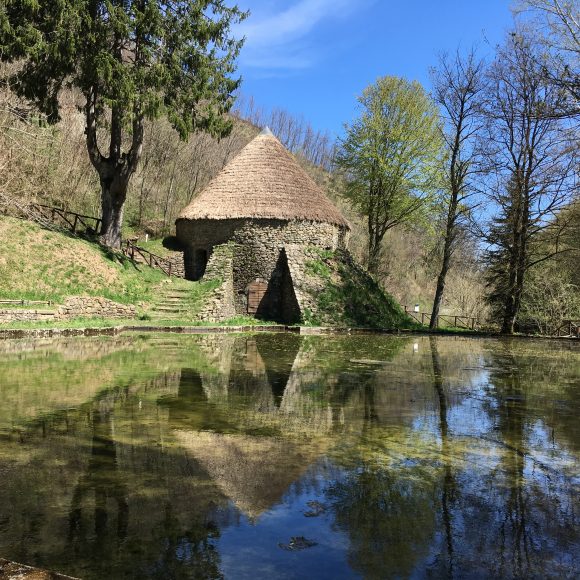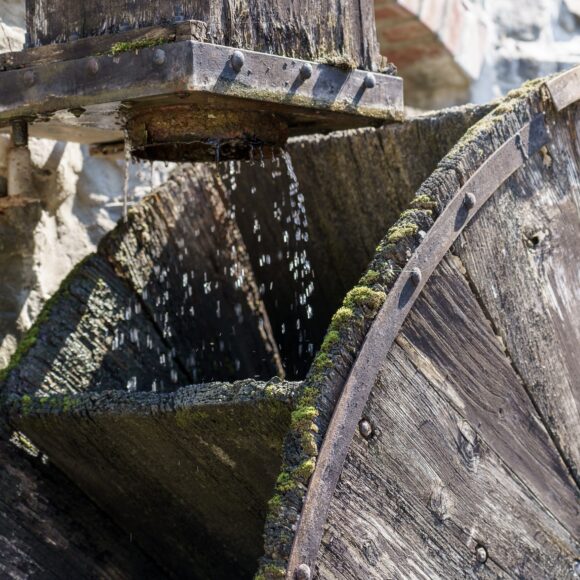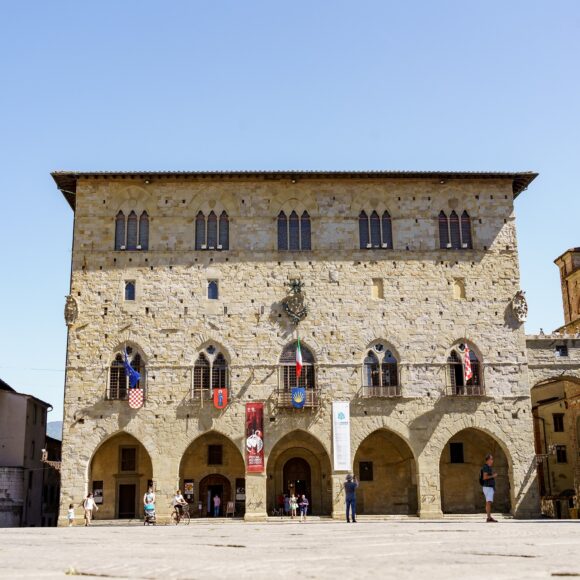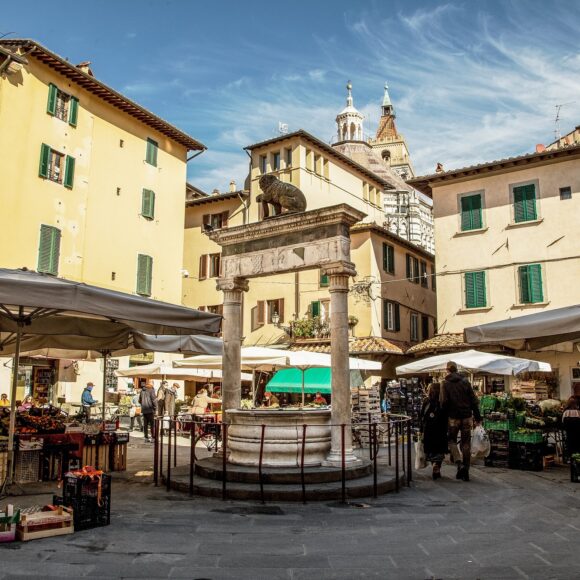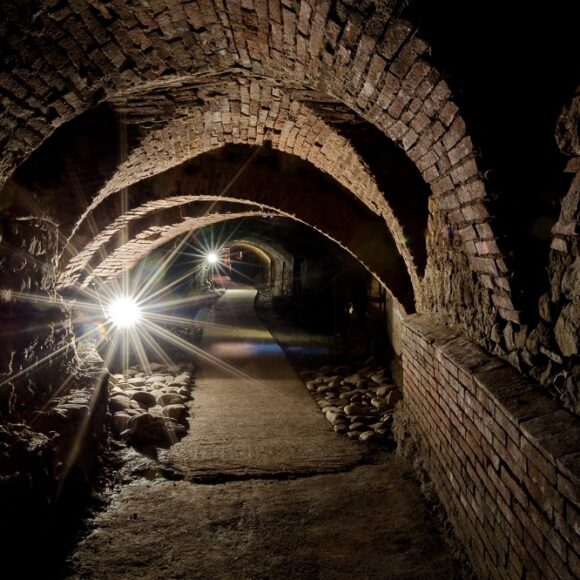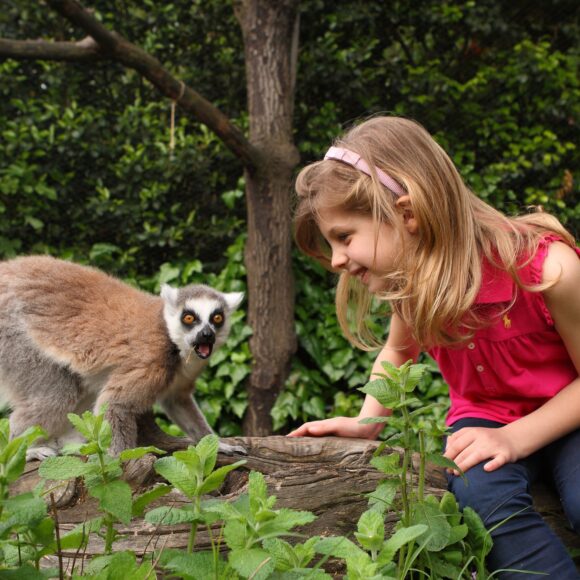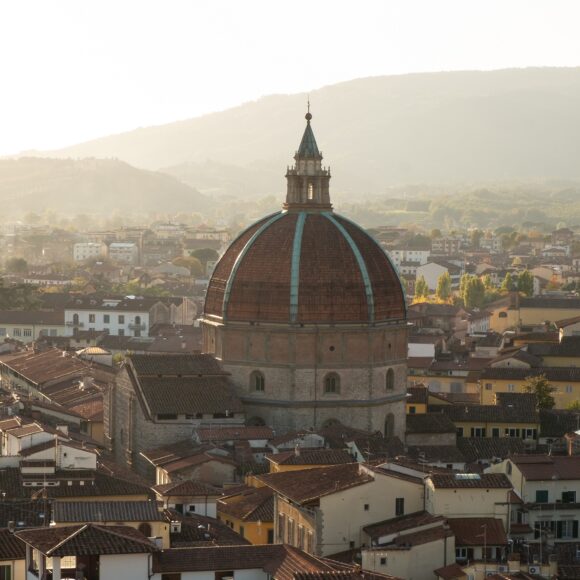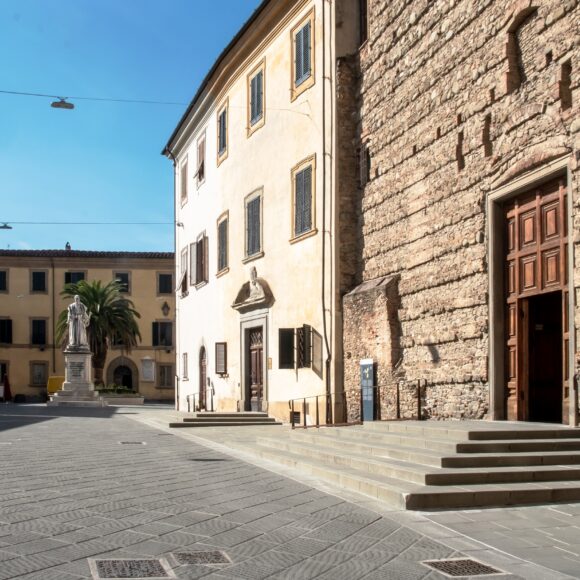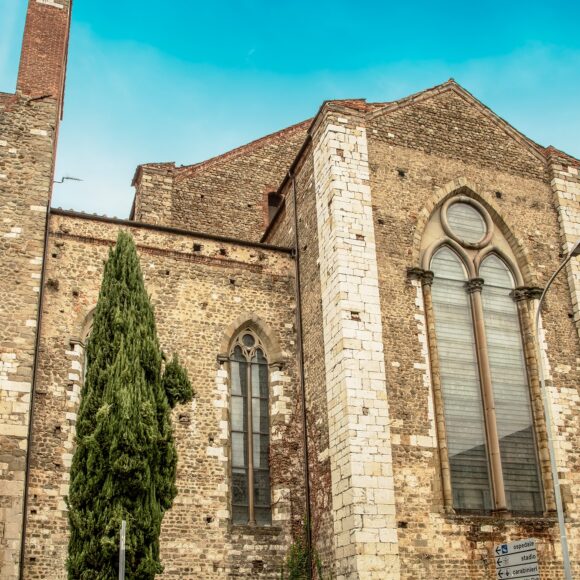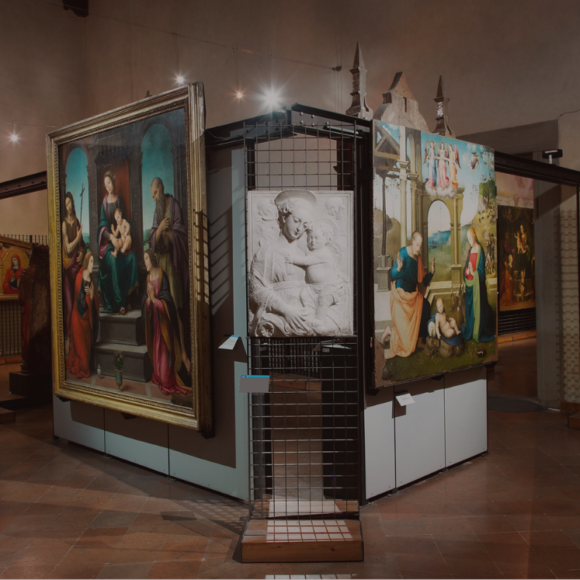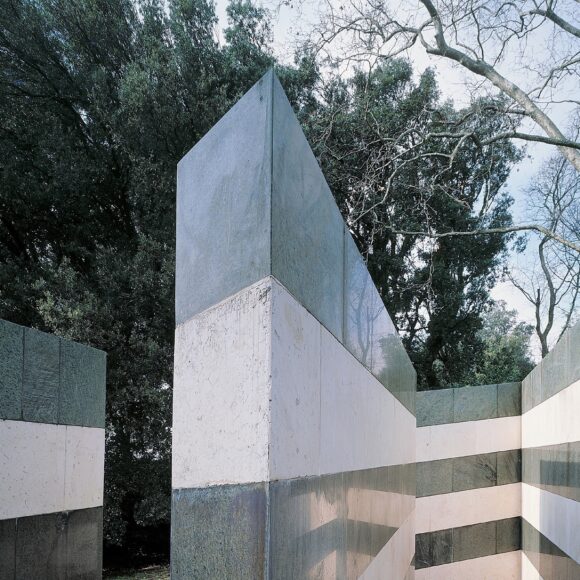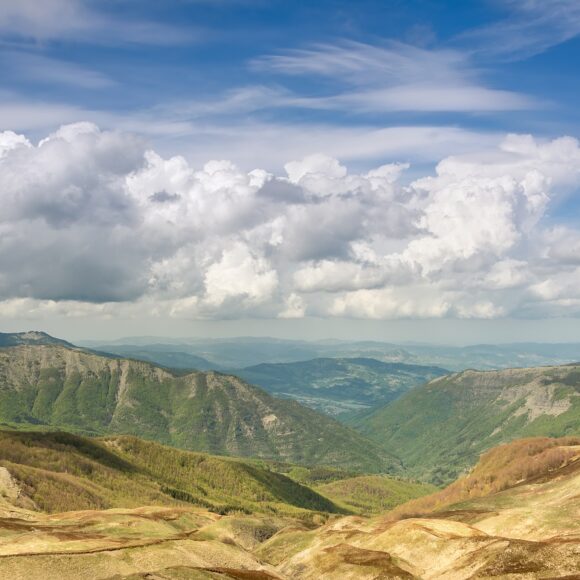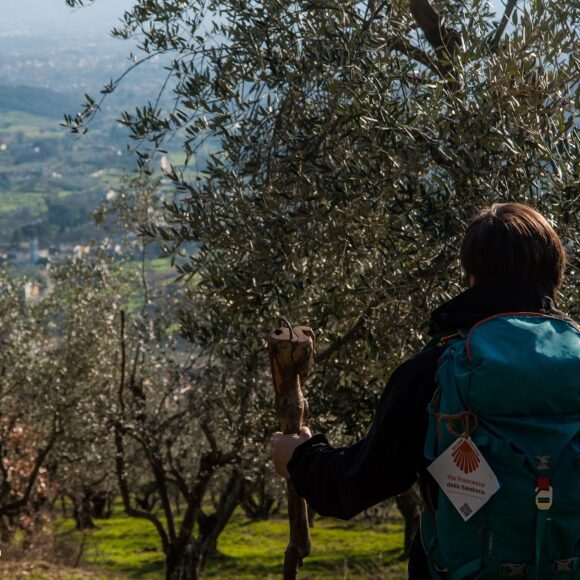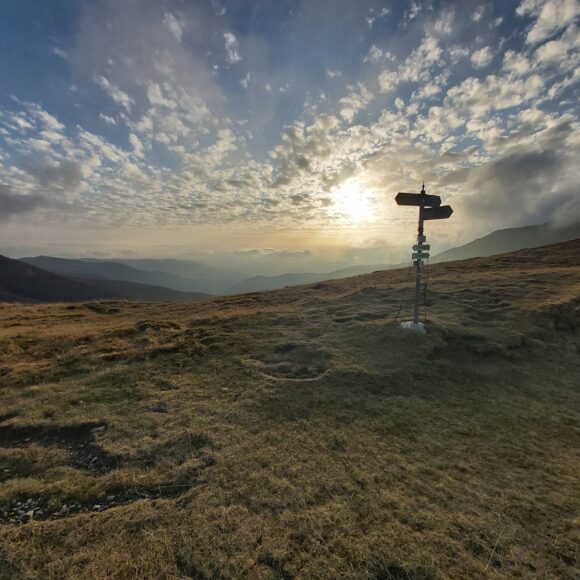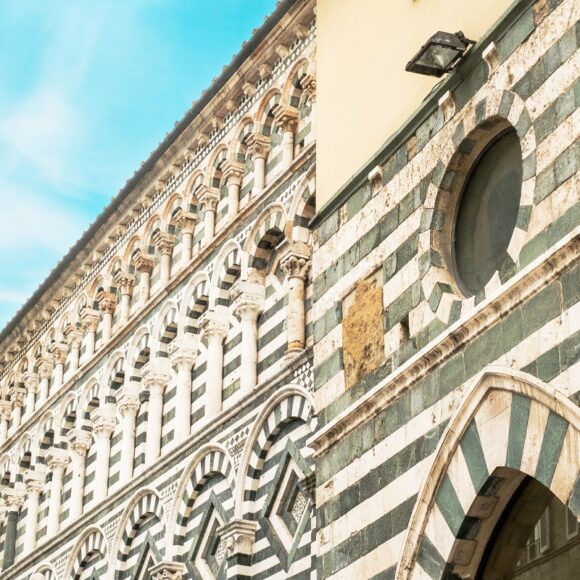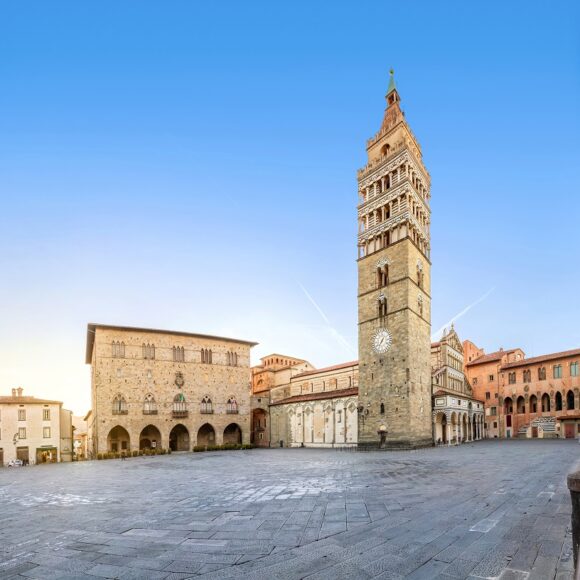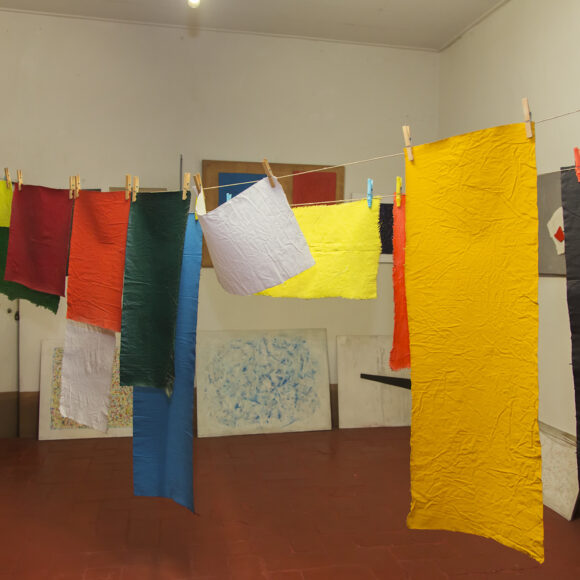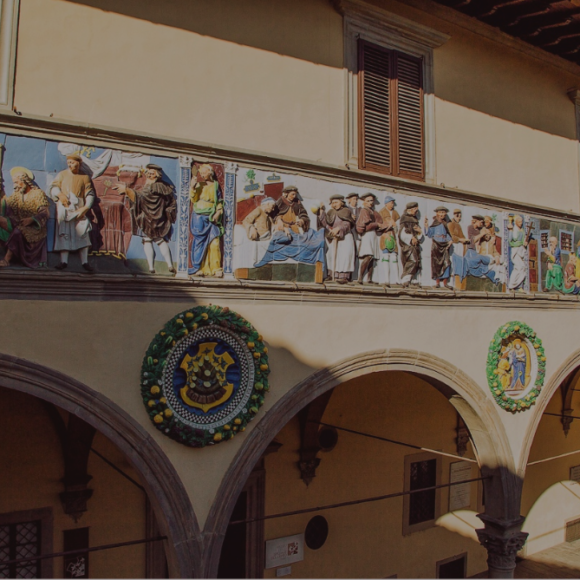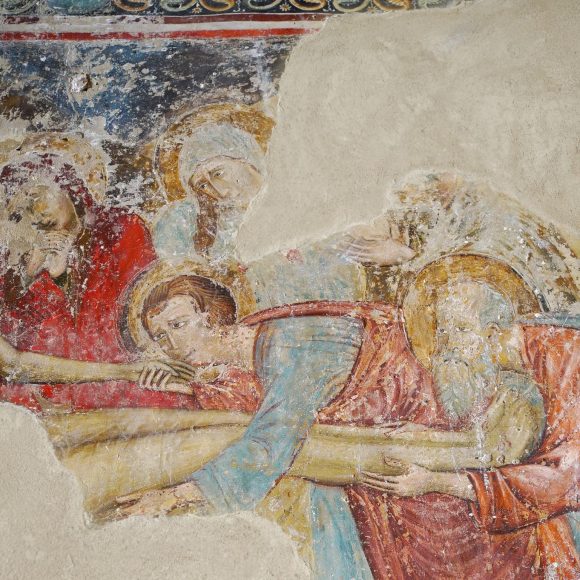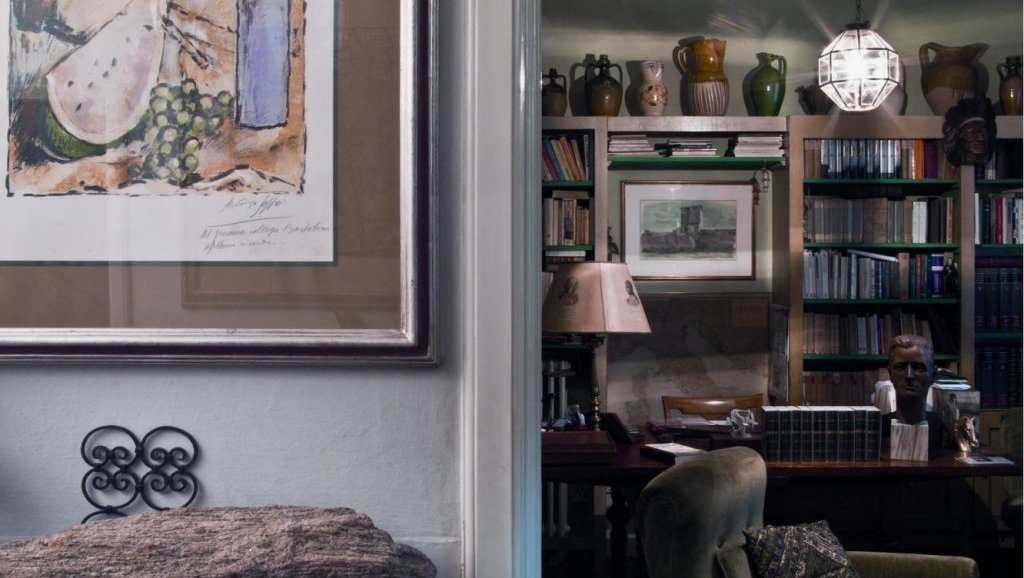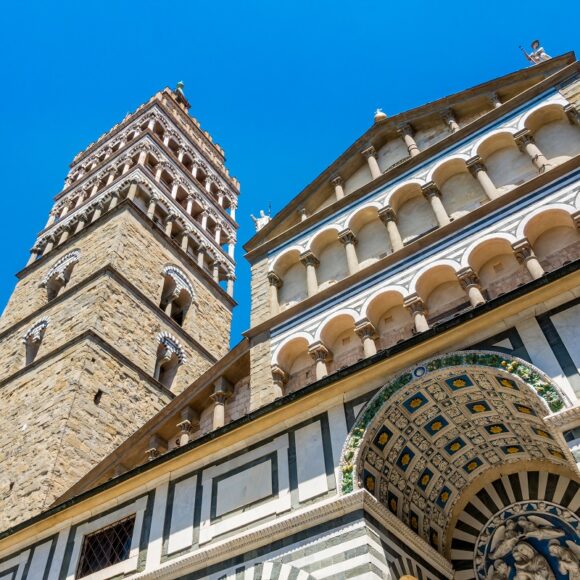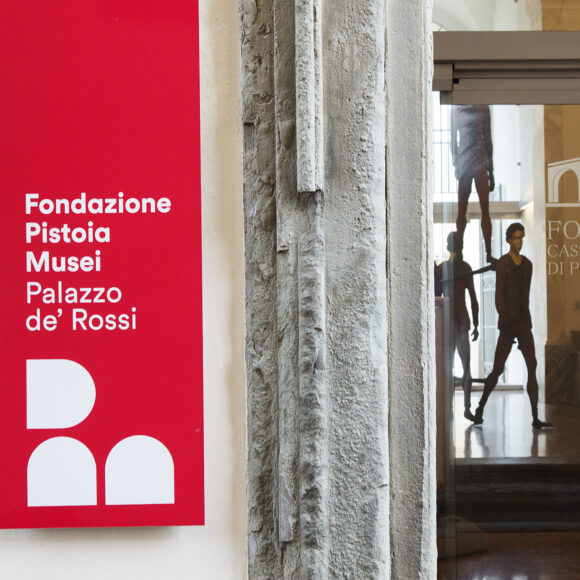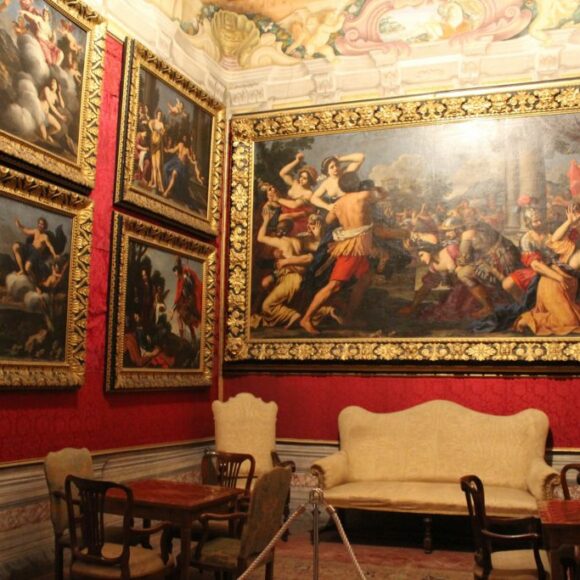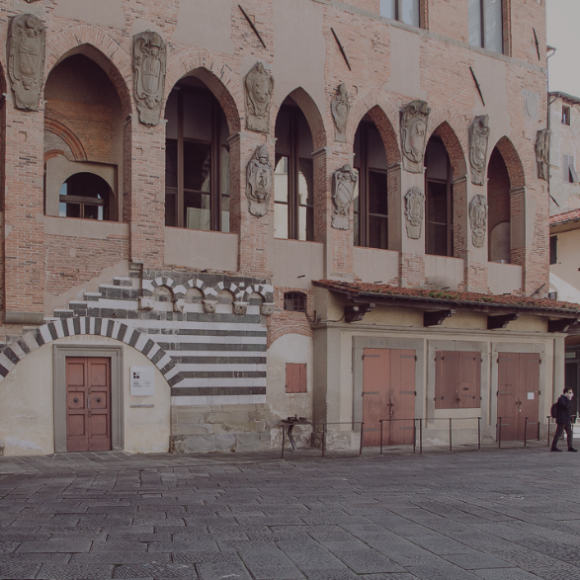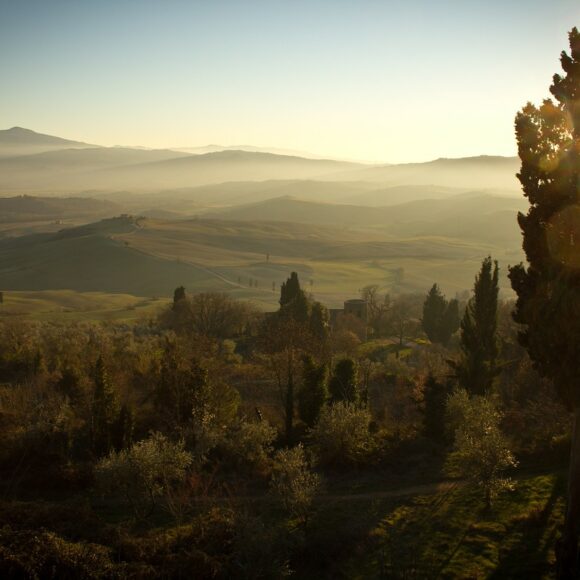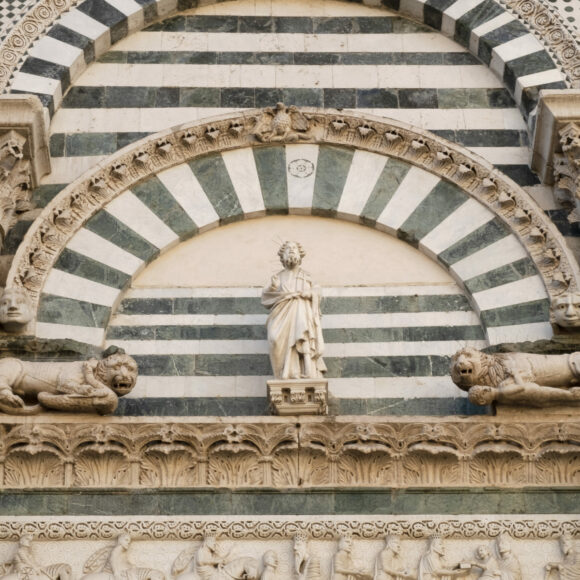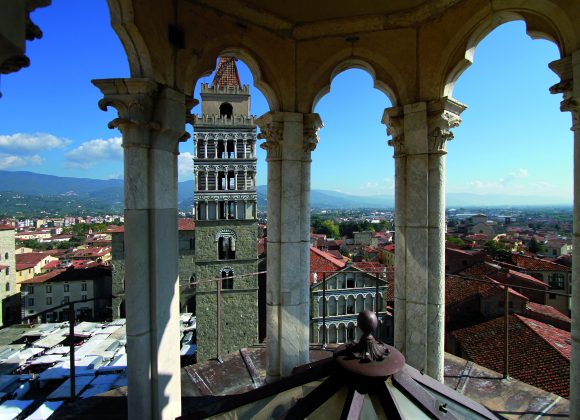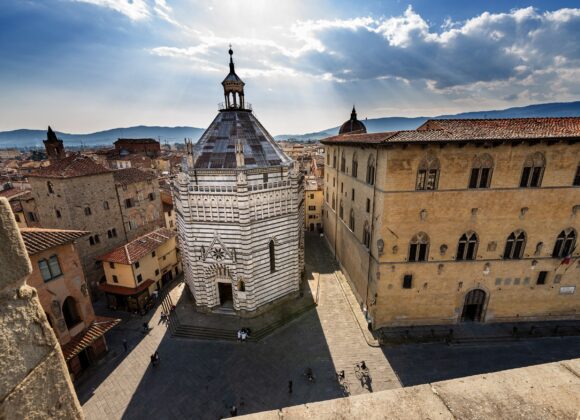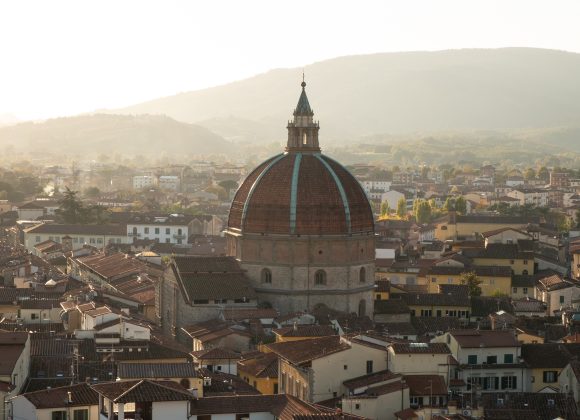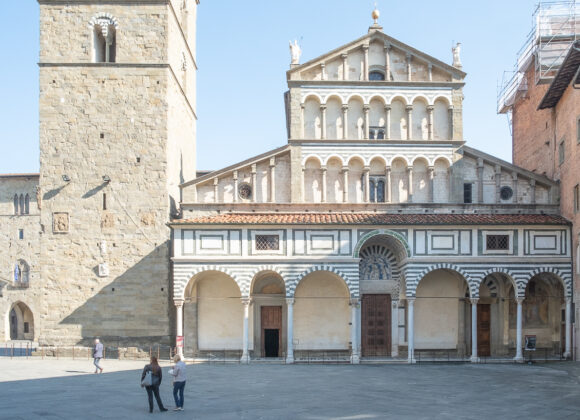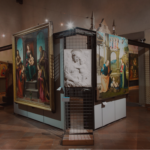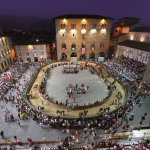Molino di Giamba and chestnuts of Pistoia Mountains
Pistoia
In the Orsigna Valley there are some historical buildings dedicated to the working of chestnuts.
Up till only a few decades ago, the chestnut was truly an essential and indispensable resource for the survival of the people of the Italian highlands and, in fact, for everyone living in the Pistoia mountains. Here, the much-loved chestnuts – a typical symbol of early autumn bonfires – were picked from October to November and then taken to be dried out in special canniccie or seccatoi or metati – chestnut drying sheds. They were slowly dried, at a low heat, for an uninterrupted period of 40/50 days, at the end of which time, they were peeled and, finally, by means of careful milling, were turned into flour.
In the Orsigna Valley in and around the year 2000, some historical buildings dedicated to the working of chestnuts were restored. So now you can visit a chestnut drying shed and the ancient Molino di Giamba – the Giamba Mill – built in 1820 and at the centre of chestnut production. Horizontal wheels – the “palamenti” – convert the chestnuts into flour by means of waterpower.
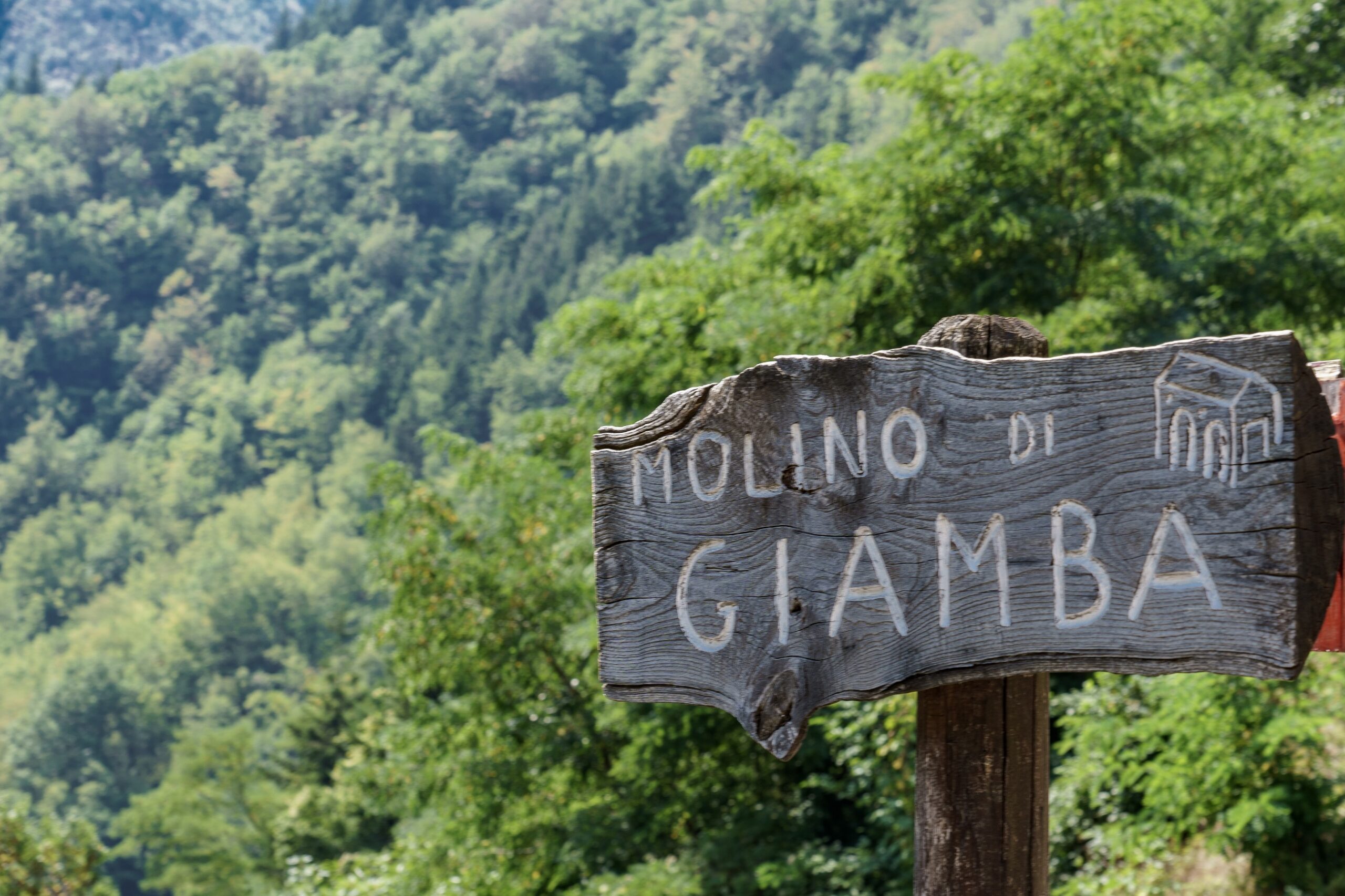
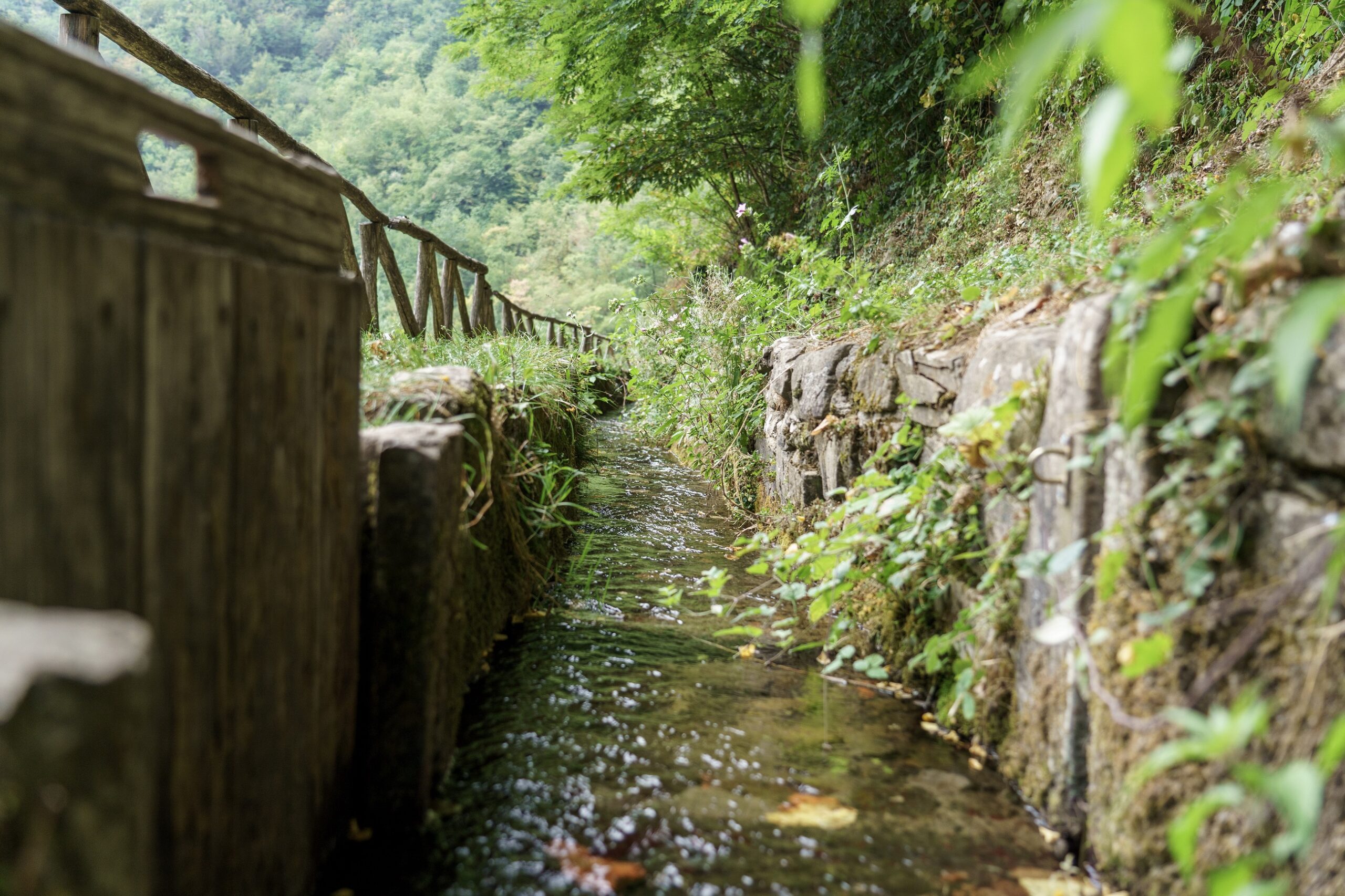
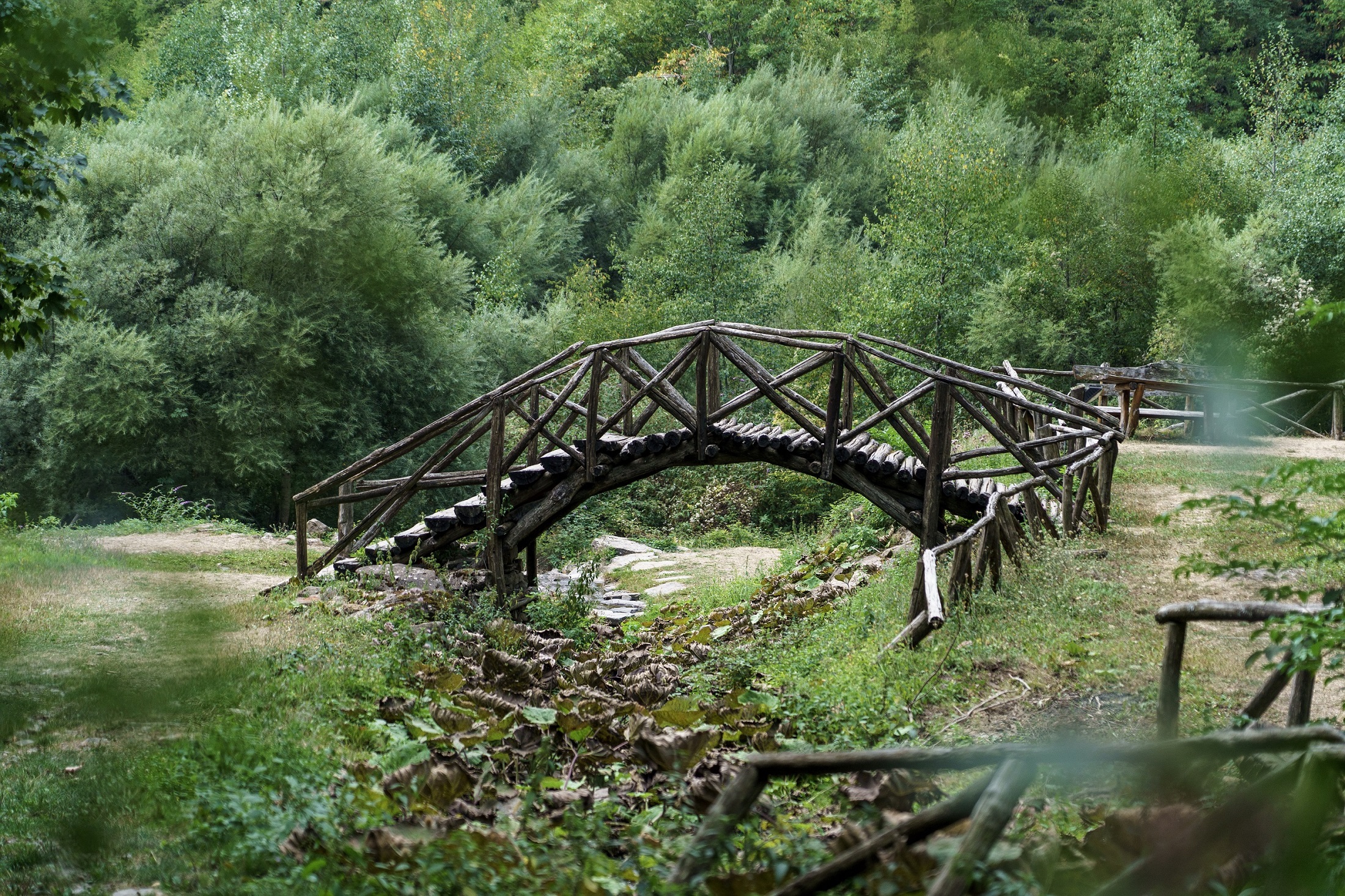
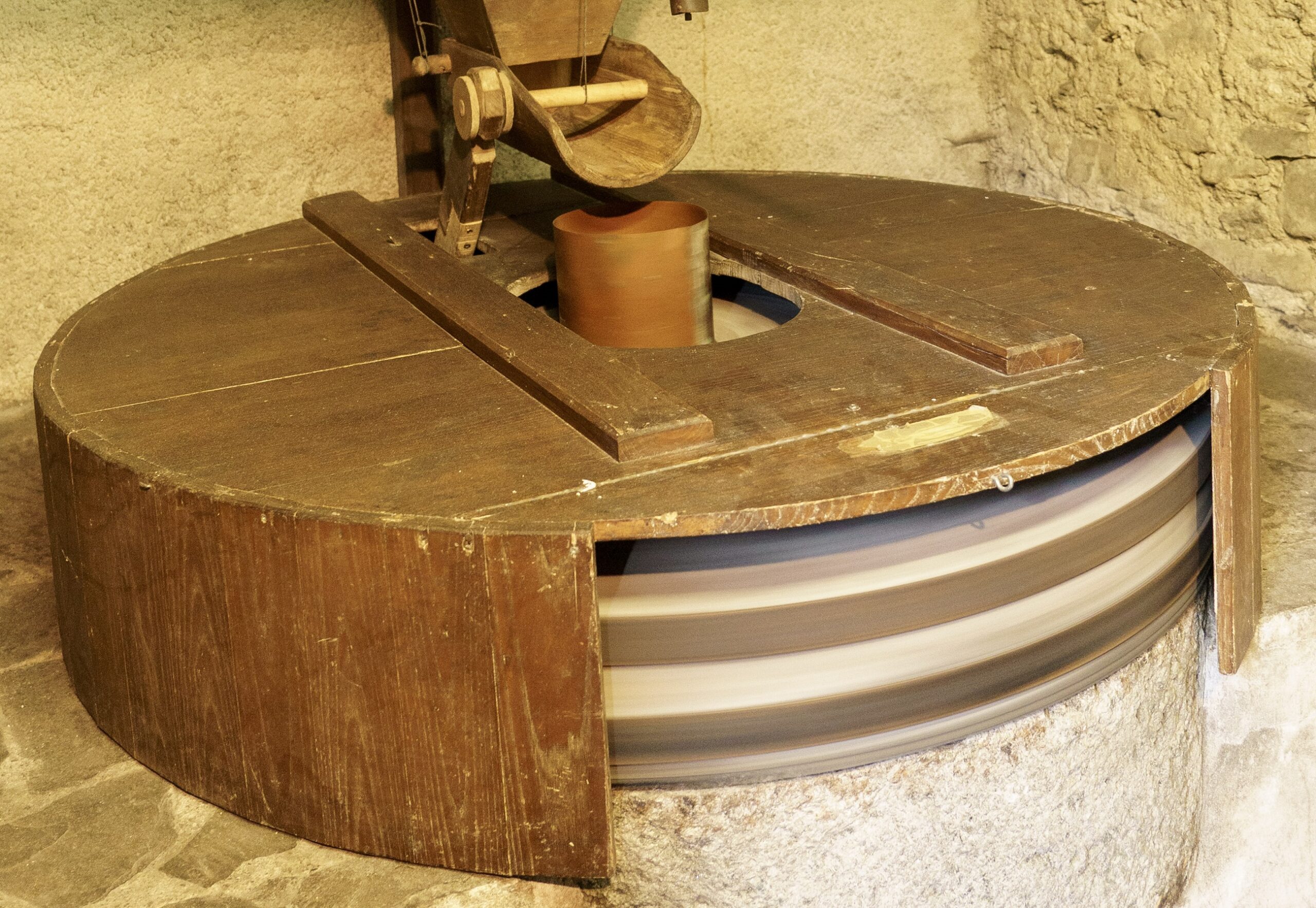
This lovely mill is an integral part of the Itinerary of “La Vita Quotidiana” – “Daily Life” – of the Ecomuseum of the Pistoia Mountains, together with other interesting places which describe the customs and habits of times past, such as the The Museum of the People of the Pistoia Apennines and the “Via del Carbone” – “The Coal Road”, consisting in a coalman’s shed (called the “rapazzola”) and a dissected charcoal kiln.
To get to know the methods of working and producing chestnuts, and also in a more general sense, to get to know about ancient traditions, will enable us to further understand the land in which we live, the tight bond which exists between man and his environment, carefully constructed since ancient times, and, at the same time, it will give us the chance to try to find harmony once again, in our own way, with the cycles of nature.
idee-incluso
idee-non-incluso
idee-informazioni
idee-prenota
experience the territory

